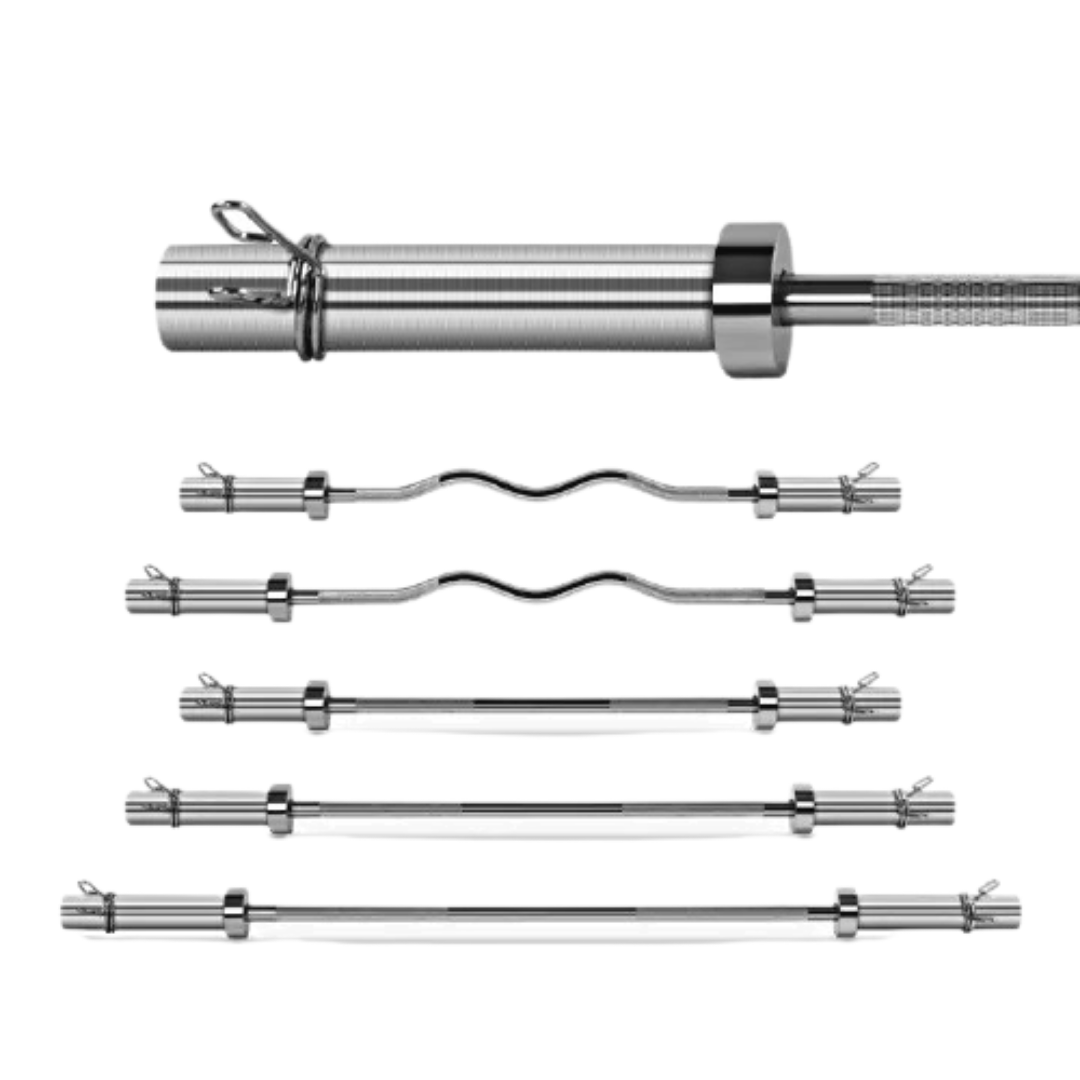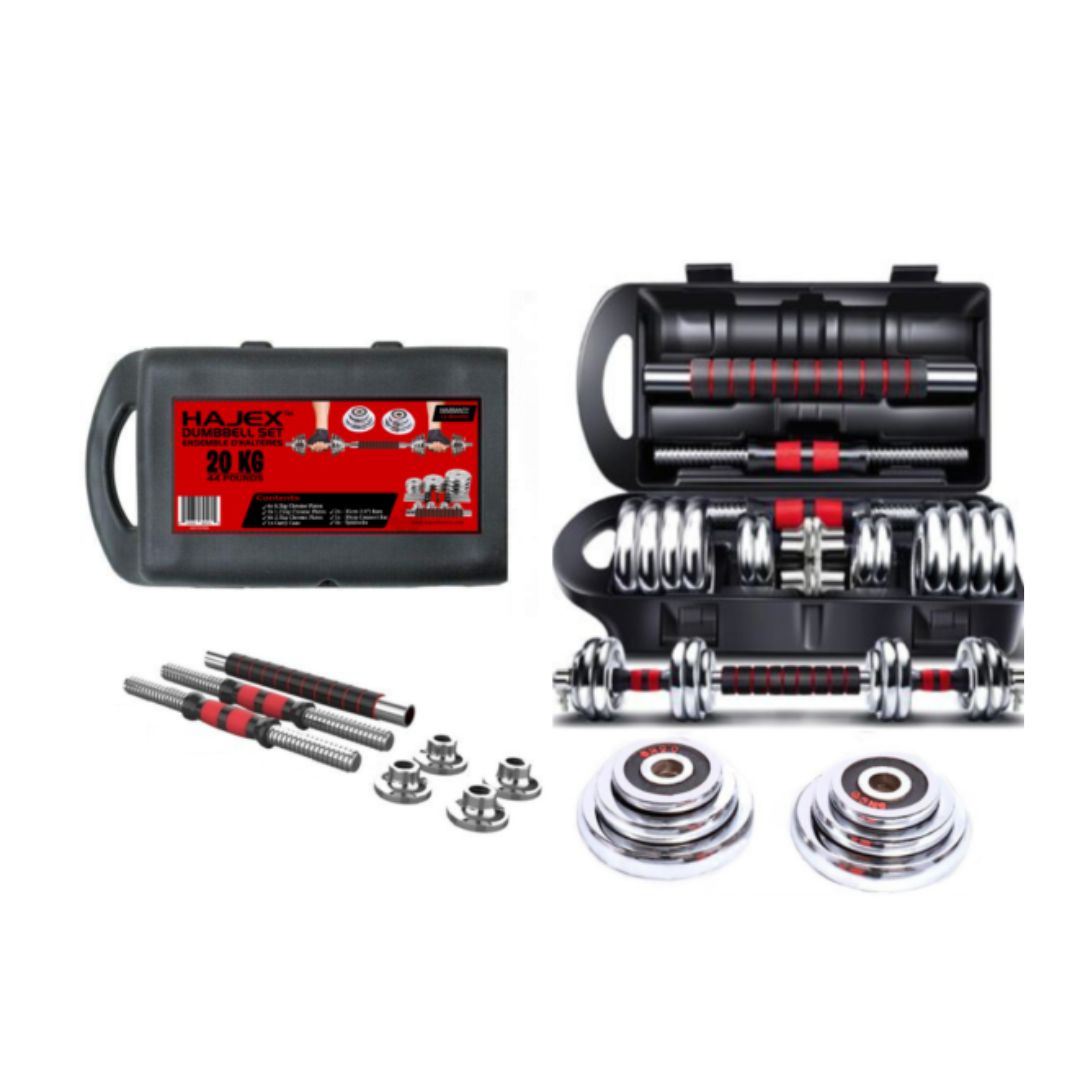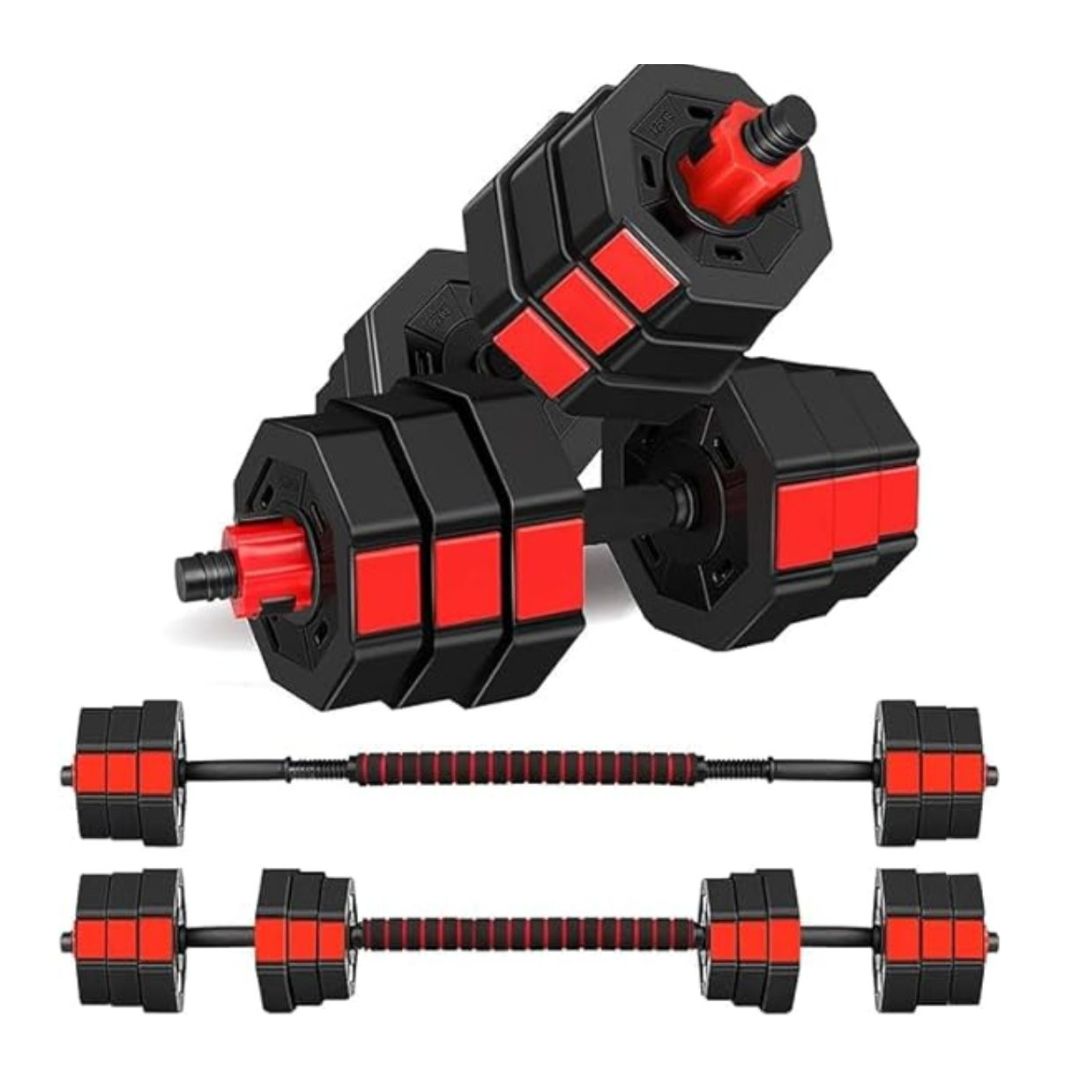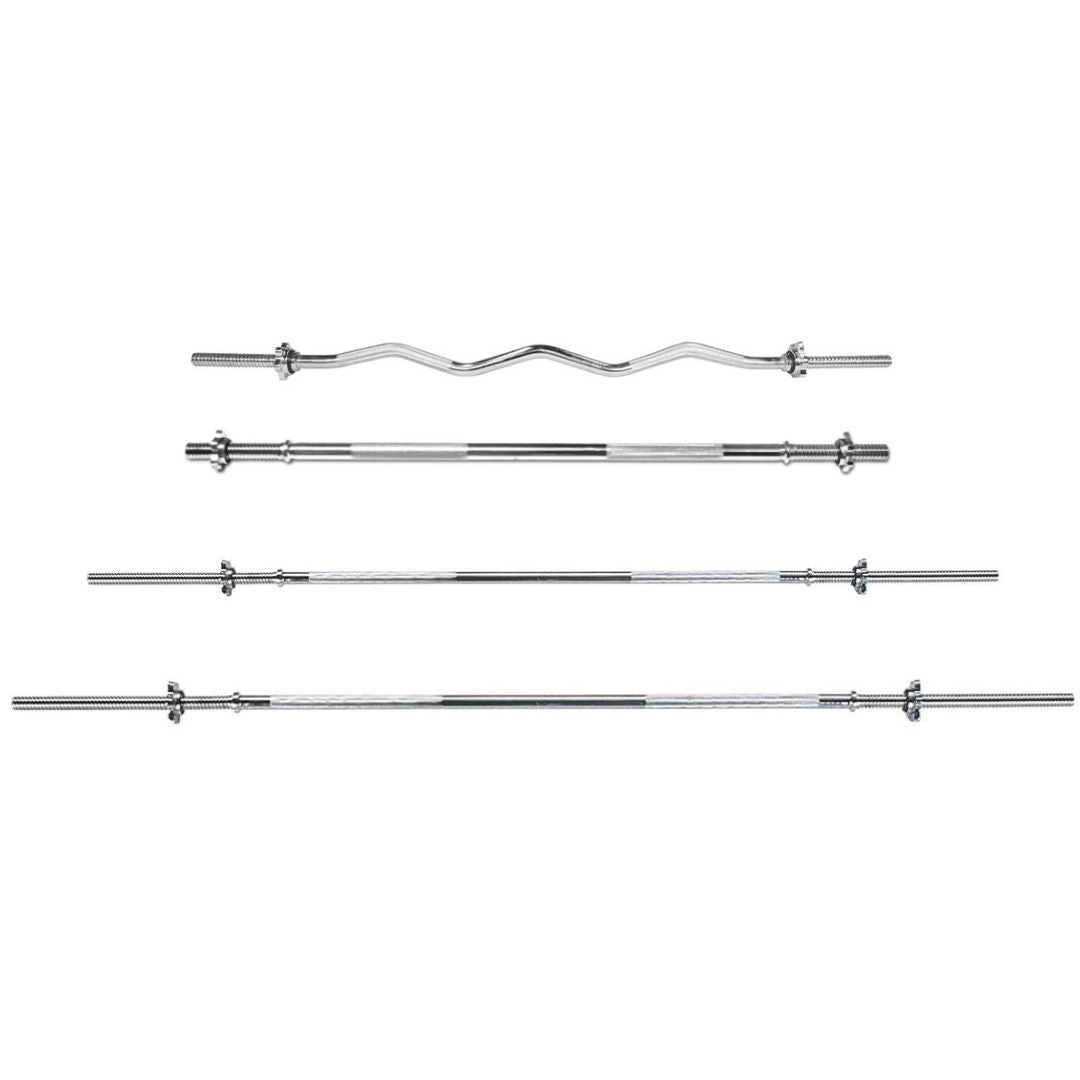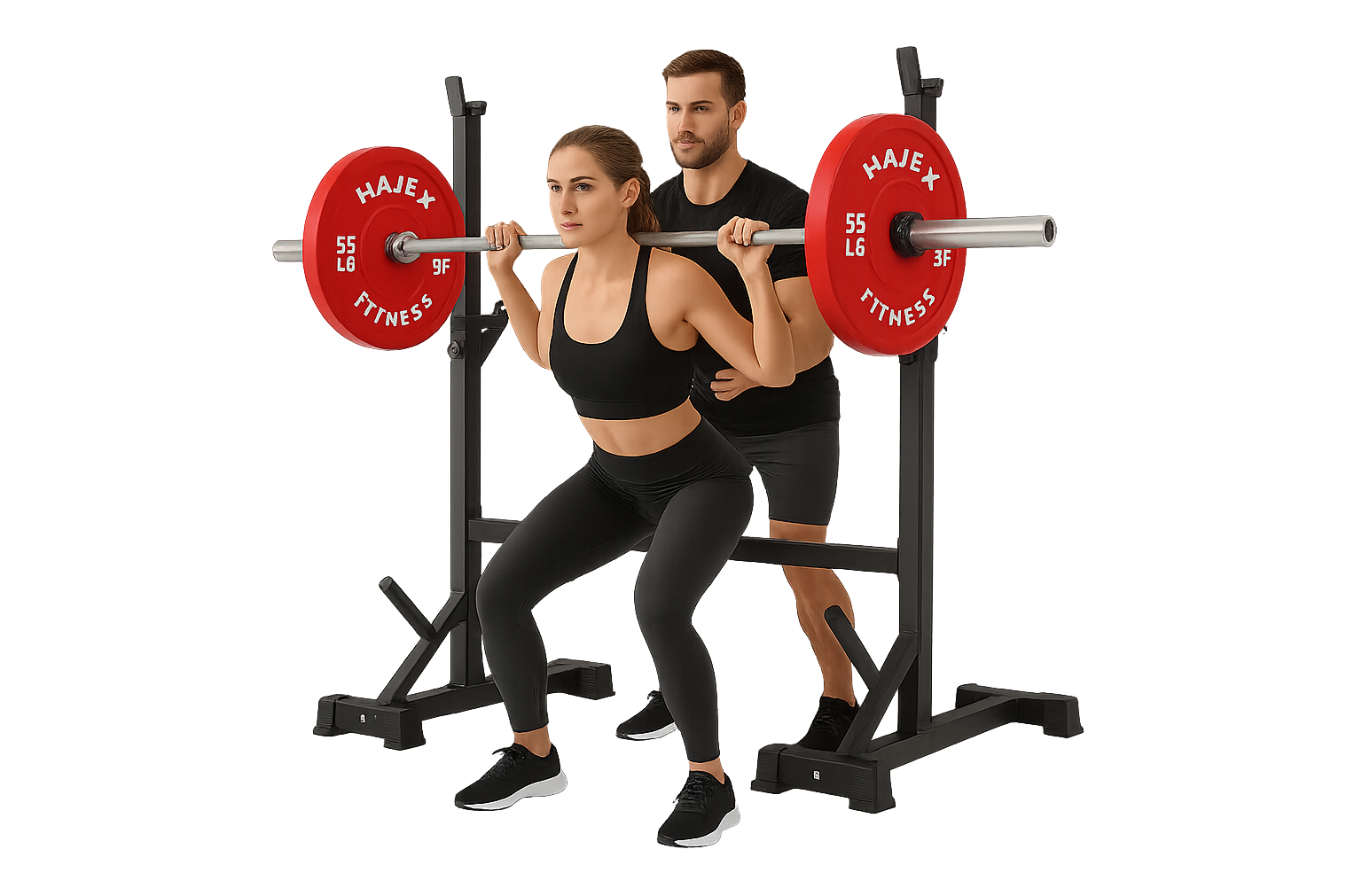Pull-Ups Vs. Chin-Ups - Everything You Should Know
In any workout program, both chin-ups and pull-ups should be upper body exercise mains. These exercises target different muscle groups at the same time and are usually considered milestone exercises. If you asked any brainy strength coach or trainer to specify the top 6 exercises the most of the population should be performing, pull-ups and/or chin-ups will normally be on every list. A fair amount of upper body foundational strength is required to complete chin-ups and pull-ups.
Many people consider pull-ups and chin-ups are the same things, but using their names interchangeably is wrong. In reality, these two moves are completely different. The major difference arrives in how you grip the bar. Pull-ups are performed with your palms facing outward from you while chin-ups are performed with your palms facing toward your body. The change in grip position leads to a great difference in grip strength and muscle activation.
Pull-ups or Chin-ups? Which one should I perform? You came to the right place if you’re asking yourself this question.
Today I’m going to tell you about these two exercises. Let’s get right into it.
What is a Chin-Up?
A chin-up is one of the strength training exercises. It uses your full body weight and focuses on your upper body and core. While it needs a good deal of strength, the move is quite straightforward:
- With your palms facing you, and arms shoulder-width apart, hold the bar with both hands.
- Until your chin is above the bar, pull yourself up. Here, your elbows will be completely bent.
- Pause for a second.
- Lower yourself back down with a controlled motion, until your arms are straight.
As a whole, the chin-up may be great for anyone new to a body-weight move, because it is generally the easier of the two movements. Moreover, those with insufficient upper back flexibility may have a better time with the chin-up. That is why chin-ups put your arms in a more achievable position, which decreases the risk of injury to your shoulders. Performing chin-ups with the right form will also enhance your grip strength and posture.
What muscles do chin-ups target?
Chin-ups focus on your arm and upper back muscles, particularly the forearms, biceps, shoulders, and lats. Chin-ups also involve your abdominal muscles across the move, like pull-ups.
However, chin-ups differ from pull-ups in one main way. The underhand grip position of the chin-up focuses on the anterior chain muscles, located in the front of your body,i.e. the biceps and pectorals while the pull-up targets posterior chain muscles located in your back.
What is a Pull-Up?
Performing a pull-up is similar to performing a chin-up. But except for the slight differences in stance and grip, also there are variations in how your body reacts to the move.
The following are the steps to rightly perform a pull-up:
- With your hands shoulder-width apart and your palms facing away from you, hold the bar.
- Pull yourself up by using your upper-body strength until your chin is over the bar.
- Pause for a second.
- By lowering your back to the hanging position, complete the exercise.
Strain on the shoulders is the one common issue with pull-ups. If you want to prevent this, make sure that you are using the appropriate form.
What muscles do pull-ups focus on?
Primarily, pull-ups work on your back muscles, your chest and shoulder muscles but particularly your lats. In comparison to a chin-up, pull-ups engage better the lower trapezius muscles in your back.
The overhand grip of the pull-up enhances posterior chain activation, it refers to the muscles on the backside of your body, which are important for everyday movements.
Pull-ups may provide more benefits to the overhead athletes, i.e pitchers and volleyball players as they overuse biceps and pectorals during sport.
Pull-ups vs Chin-ups – Which one is Better?
Both chin-ups and pull-ups are powerful moves that use your full body weight and are great ways to engage your core and target the whole upper body.
Despite what grip you use, eventually, you’re working your back, arms, trunk, and shoulders muscles, because the movement pattern over shoulder extension is lastly the same.
As long as which variation is better, be honest, in that case, there’s no right or wrong– it all depends, and it varies from person to person.
Do you want to start your training from today? If so, you should take a look at some of the best and reasonable fitness equipment from HAJEX.
If you find this blog useful, you may also like...
 WEIGHT PLATES
WEIGHT PLATES
 Cast Iron Olympic Plates
Cast Iron Olympic Plates
 Olympic Rubber Weight Plates
Olympic Rubber Weight Plates
 PVC Weight Plates
PVC Weight Plates
 DUMBBELLS
DUMBBELLS
 Rubber Hex Dumbbells
Rubber Hex Dumbbells
 Cast Iron Adjustable Dumbbells
Cast Iron Adjustable Dumbbells
 Round Head Dumbbells
Round Head Dumbbells
 Neoprene Dumbbells
Neoprene Dumbbells
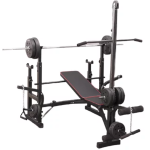 BENCHES
BENCHES
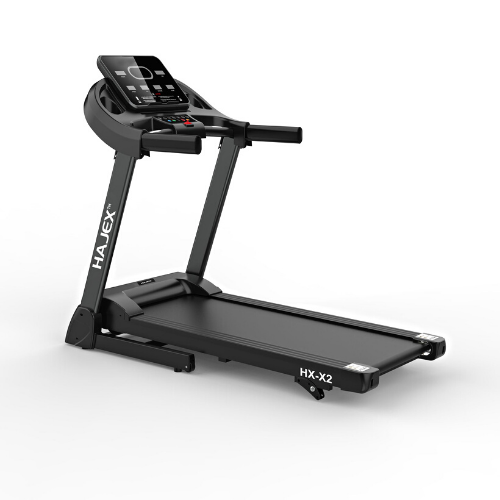 CARDIO
CARDIO
 BARBELL BARS
BARBELL BARS
 Home Gym Deals
Home Gym Deals
 Olympic Bumper Plates
Olympic Bumper Plates
 Tri Grip Plates
Tri Grip Plates
 Weight Plates Combo
Weight Plates Combo
 Olympic Steel Hub Bumper Plates
Olympic Steel Hub Bumper Plates
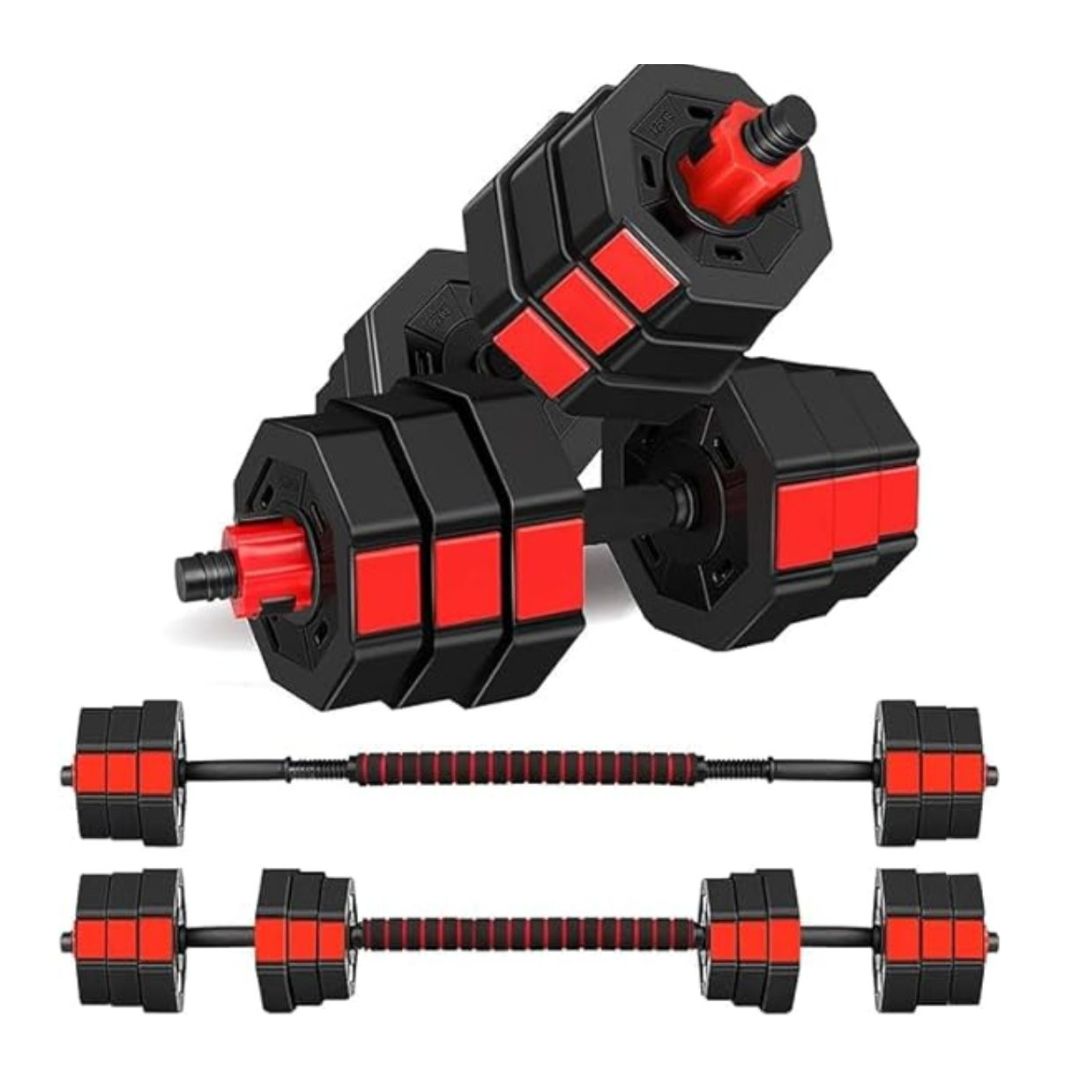 PVC Dumbbells
PVC Dumbbells
 NUO Style Adjustable Dumbbells
NUO Style Adjustable Dumbbells
 Olympic Barbells 2"
Olympic Barbells 2"
 Standard Barbells 1"
Standard Barbells 1"
 Fixed Weight Bars
Fixed Weight Bars
 Benches with Pulley & Rack
Benches with Pulley & Rack
 CARDIO
CARDIO
 Foldable Walking Pads
Foldable Walking Pads
 Exercise Bikes
Exercise Bikes
 RACKS, CAGES & SMITHS
RACKS, CAGES & SMITHS
 Smith Machines
Smith Machines
 Power Racks
Power Racks
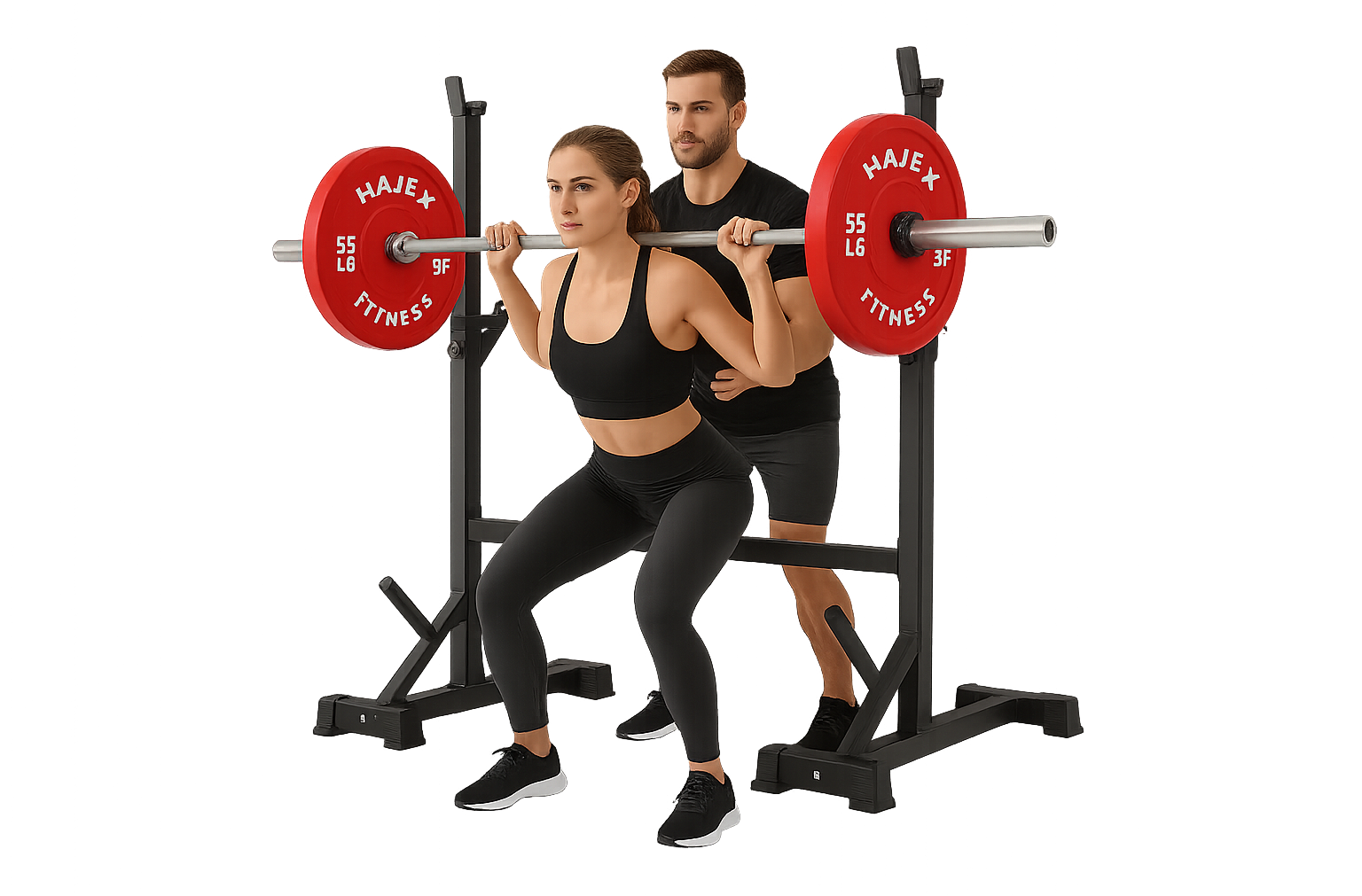 Squat Racks
Squat Racks
 STORAGE RACKS
STORAGE RACKS
 Dumbbell & Kettlebell Racks
Dumbbell & Kettlebell Racks
 Mini Dumbbell Racks
Mini Dumbbell Racks
 Adjusatble Dumbbell Stands
Adjusatble Dumbbell Stands
 MORE
MORE
 Kettlebells
Kettlebells
 Adjustable Kettlebells - Single & Pair
Adjustable Kettlebells - Single & Pair
 Floor Mats
Floor Mats
 Yoga
Yoga
 Push Up
Push Up
 Resistance Bands
Resistance Bands
 Barbell Pads
Barbell Pads
 Dumbbell Handles
Dumbbell Handles
 Jump Ropes
Jump Ropes






